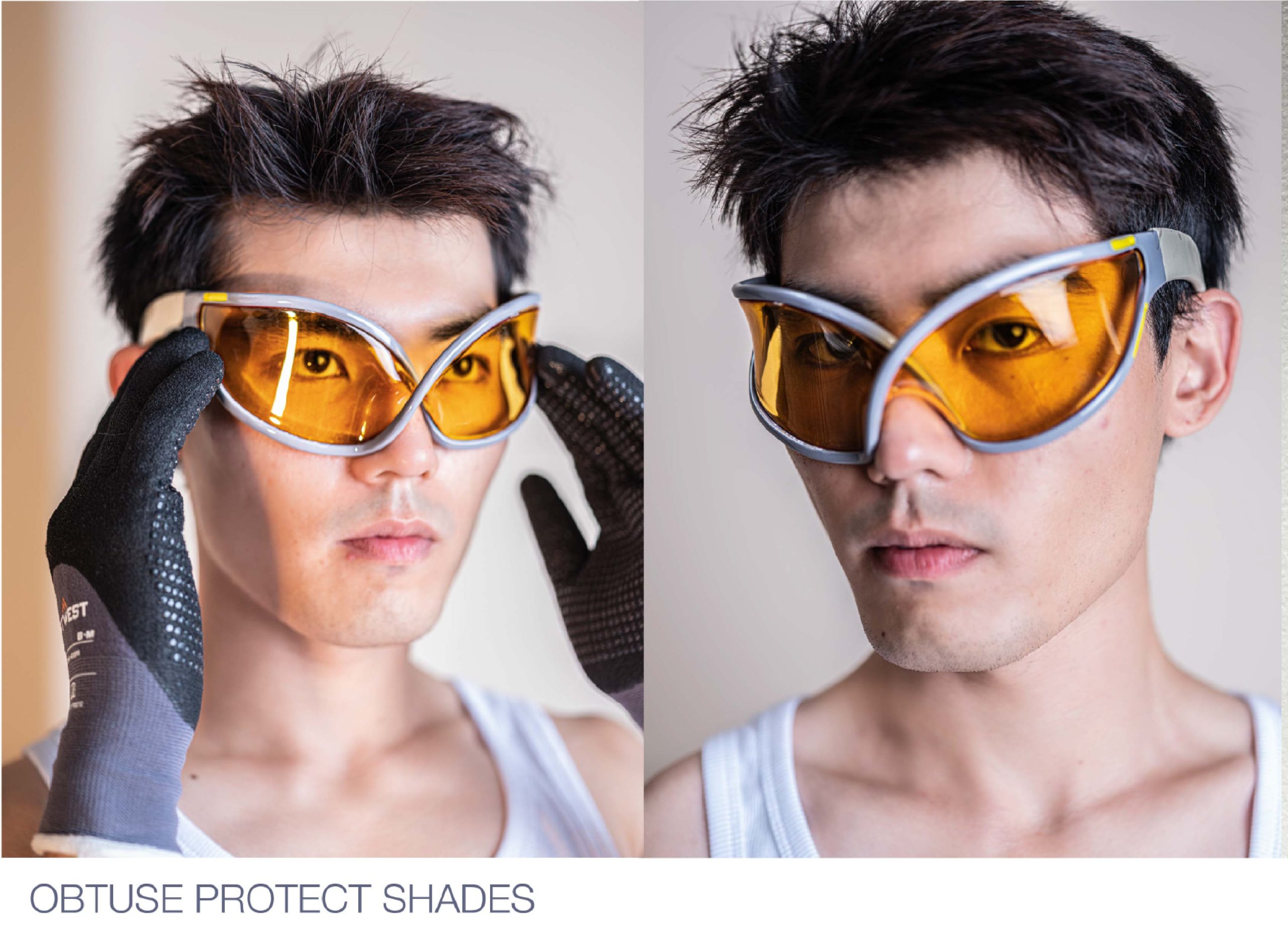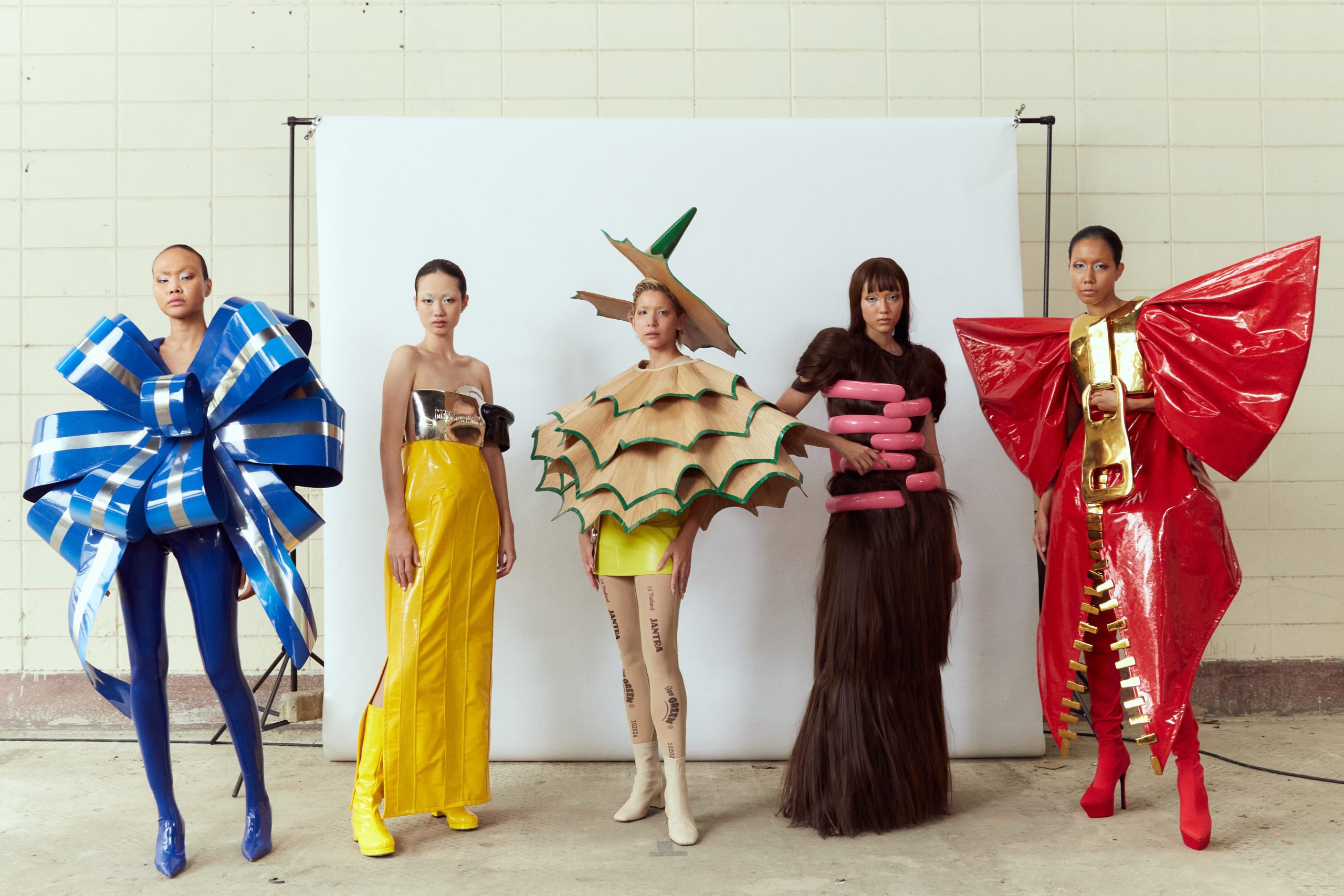People’s monetary habits are enticing and ever-changing. More often than not, people invest wealth into different sectors that they deem safe and impervious to crash, or predict will boom and appreciate in value. The scope of investment available to the public is ever developing, with the widened dissemination of money management information, the increasing ease to buy shares, and the development of new industries involving digital assets and cryptocurrencies. However, it is luxury in fashion that has most recently established its position on the investment landscape, according to most recent insights by the Business of Fashion.
Luxury products, whether it be handbags, jewellery or one of a kind pieces, have always seemed to retain their value to some extent. Pieces are often crafted from expensive materials, quality is assured, and people trust in the durability of big brand names. Additionally, the big fashion houses have become so established in the retail imaginary, that they transcend any changes in trend and style, and have been able to inaugurate themselves as timeless classics, almost immortal labels. Think of Chanel, Dior, and Prada that have all surpassed or are nearing their 100th years. For almost a century, they have maintained high sales, long anticipated fashion shows, a wealth of supporting consumers, and a certain fashionable buzz.
In the 21st century, the accessibility and interest in this sort of luxury is changing. The new digital age has warmly welcomed the role of resale, with platforms such as Depop, Vestiaire Collective, and The Real Real making the exchange of products streamlined and simple. You can buy into luxury, and establish an investment, with a mere click. Arguably, it is these developments, conjointly with an increased environmental consciousness, that has generated the expansion and popularity of luxury resale. According to the Business of Fashion Insights, more than 50% of surveyed luxury shoppers see their goods as a form of currency, and are open to exchanging them for other luxury items. Moreover, 80% consider the value of their accessories to be less volatile than, or on par with their other assets. Is buying a luxury product now analogous with buying a share in an apparel brand? What’s more, a stable, reliable share that is somewhat guaranteed to increase in value the more ‘vintage’ it becomes?
On the one hand, it certainly feels that way. There are crowds of budding Gen Z entrepreneurs who make a wage trawling through second hand items, on racks or screens, and upselling them to the general public. There is a significant profit to be made, and whilst this pursuit doesn’t at first glance seem the most taxing, there is arguably a skill and science in both finding and validating the items. And here lies the crack on the web of luxury resale; the problem is authentication. Items typically come with expected collateral that authenticates a piece and its history, however this isn’t always the case, and the industry is inundated with fraud and counterfeit. It is this element that makes the fashion investment landscape susceptible to scam.
Fashion is also an opinion based industry, and the wider value of a collection or product is somewhat dictated by a knighted panel of opinion givers – namely the journalists, press, and social media trend setters. People can play off trends and hypes and create counterfeit high-ticket pieces, because a luxury product’s worth isn’t intrinsically linked to its physical monetary value, but to the culture surrounding it. In a similar strain of thought, whilst luxury products such as gold and diamond jewellery retain a certain unchangeable price, the worth of a certain style of bag is much more affected by trend, and likely to peak and trough. Investing in fashion here and there might be a great next step to diversify your asset portfolio, or easily make lucrative profit. However, like any economic venture, it is far from a foolproof plan, and no asset can endlessly retain value and demand.
by Hebe Street from GLITCH Magazine





